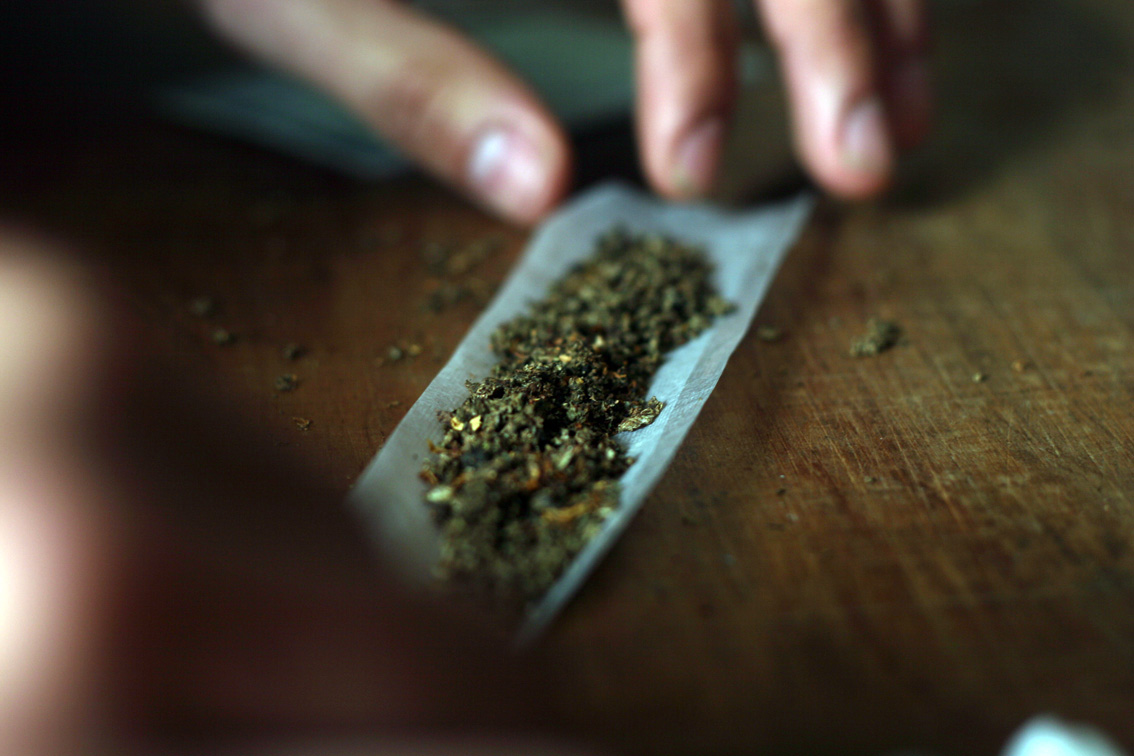Regulations restrict pot production


The laws on marijuana are changing.
Right now, people who are authorized to use medical marijuana are permitted to do so by one of three ways: growing in their own homes, buying it through Health Canada or designating someone else to grow it.
However, beginning April 1, 2014, medical marijuana users will no longer be permitted to grow the drug within their own homes, and will have to obtain the medicinal plant through legal entities other than Health Canada.
The Cord spoke with Health Canada this week and learned more about what Canadians will be seeing next spring. A representative explained that medical marijuana users will now have to rely on licensed business to supply the drug.
The new law is being put into effect in order to authorize licensed cannabis businesses and producers to sell directly to the consumer, instead of going through a secondary source.
This could very well mean “corporate marijuana.”
Joey Rootman, an intern at the Canadian Association of Medical Cannabis Dispensaries (CAMCD), explained how the new law would impact those who are dispensing the product.
“The Canadian government is introducing these changes as a plan to begin treating medical marijuana as any other medical narcotic would be,” he said. “This means an increase on strict regulations around the production and accessibility of medical cannabis.”
When the new system is fully in place, if one has the rights to possess marijuana for medical purposes, they can sign up with licensed commercial producers. These parties will have to go through an application process in order to be an authorized producer to sell medical marijuana to the customer.
Health Canada reported that Cannimed is the first licensed business and that it has been growing marijuana for Health Canada for years. Other licenses will follow.
Currently, Health Canada is not the only way to acquire medical marijuana. There are a number of marijuana dispensaries, which are unregulated by Health Canada or the Canadian government.
According to Health Canada, in order for the dispensary to be legitimate, they must operate under the Designated-Person Production License, allowing them to produce marijuana.
“Dispensaries are currently left in a legal grey area, which leaves them generally unregulated,” Rootman explained. “The Marihuana for Medical Purposes Regulations (MMPR’s) could be Health Canada’s way of squeezing them out and handing their job over to big corporations.”
For those applying after Oct. 1, Personal-Use Production Licenses and Designated-Person Production Licenses will not be accepted.
Dispensaries are also known as ‘compassion clubs’ and work to treat their customers with care to provide a feeling of community between them.
“Many dispensaries treat their patients with far more care than in any other medical field, and because of this I think a loss of dispensaries would be massively detrimental to the medical cannabis system,” Rootman added.
Privatizing the growth of medical marijuana could also result in a large price increase in the product, which may be detrimental to users.
According to statistics of Health Canada, 37,000 people are currently authorized to possess marijuana for medical purposes. People in need of medical cannabis that could no longer afford it would possibly have to resort to other medication that could be less effective to their condition.

